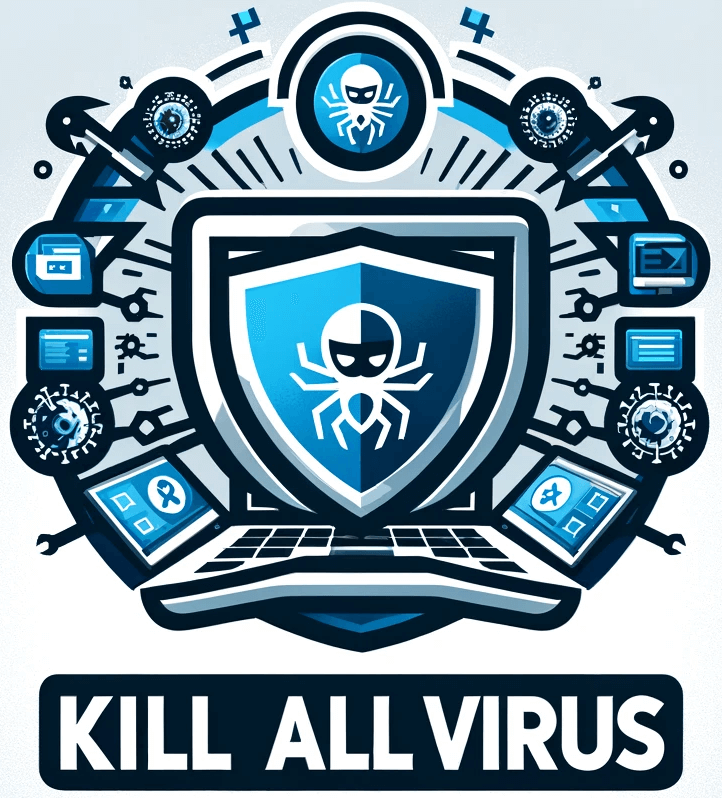As a small business website owner, it’s crucial to be aware of the various types of malware that can infect your WordPress website. Malware can cause significant damage to your site, compromise sensitive data, and harm your reputation. In this comprehensive guide, we will explain the different types of WordPress malware, how they work, and most importantly, how to detect and protect your website from them.
Types of WordPress Malware
- Backdoors: Backdoors are a common type of malware that provides unauthorized access to your WordPress site. They allow hackers to bypass regular authentication methods and gain control of your website. Backdoors are often hidden within legitimate files or plugins, making them difficult to detect.
- Drive-by Downloads: Drive-by downloads occur when malware is automatically downloaded onto a visitor’s device without their knowledge or consent. Hackers exploit vulnerabilities in your website’s code or plugins to inject malicious code that triggers the download. These downloads can install viruses, ransomware, or other harmful software.
- Phishing Scripts: Phishing scripts are designed to trick users into revealing sensitive information such as login credentials, credit card details, or personal data. Hackers inject these scripts into your website to create fake login or payment pages that mimic legitimate ones. Unsuspecting users enter their information, which is then captured by the hackers.
Detecting WordPress Malware
Early detection of malware is crucial in minimizing the damage to your WordPress website. Here are a few signs that indicate your site may be infected:
- Unexpected changes in website appearance or layout.
- Unusual website behavior, such as slow loading times or frequent crashes.
- Unauthorized access or changes made to your website’s admin panel.
- Unusual network traffic or spikes in server resource usage.
- Notifications from your web hosting provider or security plugins about potential malware.
Regularly scan your website using reputable security plugins or online website virus scanners to detect any malware that may have infected your WordPress site.
Protecting Your WordPress Website
Prevention is key when it comes to protecting your WordPress website from malware. Here are some essential security practices to implement:
- Keep WordPress and Plugins Updated: Regularly update your WordPress core, themes, and plugins to ensure you have the latest security patches. Outdated software can contain vulnerabilities that hackers exploit.
- Use Strong and Unique Passwords: Choose complex passwords for your WordPress admin account and encourage all users to do the same. Avoid using common passwords or reusing them across multiple platforms.
- Install a Firewall: Consider using a web application firewall (WAF) to monitor and filter incoming web traffic. A WAF can help block malicious requests and protect your website from various types of attacks, including malware injections.
- Regularly Backup Your Website: Create regular backups of your WordPress website and store them securely offsite. In case of a malware attack, backups allow you to restore your website to a clean state.
- Use Reliable Security Plugins: Install reputable security plugins that offer malware scanning, real-time monitoring, and other protective features. These plugins can help detect and remove malware from your website.
By following these preventive measures and staying vigilant, you can significantly reduce the risk of your WordPress website falling victim to malware attacks.
Remember, maintaining a secure website is an ongoing process. Regularly monitor your website, stay updated with the latest security practices, and promptly address any potential vulnerabilities to ensure the safety and integrity of your WordPress site.
